One can understand the character of the person living inside, by taking a look at their fence. It’s unnecessary that we spend so much on a fence, using up valuable space where plants and animals can thrive. Indian villages are the best place to understand native fencing materials and methods. They have a unique character of welcoming through their natural fences that are durable for generations. Rather than shutting people out with huge wall compounds, the light fences just serve for protection against animals. One can understand the different range of materials available in a village, through the components used in their fence.
Natural and living fences provide us with a micro-ecosystem, unlike conventional fences that eventually rust or rot. Growing and living plants used in the fence are referred to as living fences. Dried plants and other by-products used in the fence are referred to as natural fences. Both these types of fences can be done in multiple, simple ways, with easily available materials.
Natural and living fences have many benefits. They act towards the prevention of grazing, prevention of vision, windbreakers, economic providers and even ornamentation. Also, fences are very important to conserve water and prevent soil erosion within a site. They create a micro-climate and help prevent water evaporation. Many such factors contribute to the choosing of the plant species to be used in the fence.
Natural fences are simple to make with materials available from the vicinity. Here is the example of a natural fence made in Thannal, using bamboo that was harvested for our natural building.
Stems of thorny nature such as Kiluvai (Commiphora) can be stacked in layers to form a barrier from animals. Bamboo splits, lemon grass, lantana stems, Coconut and palm thatch are commonly weaved as fences. Bamboo skins are also weaved into barriers (also called “Padal” in Tamil), which are later sealed with cow dung. In many areas, small sticks, palm stems are tied closely together to form a fence. There are instances of more innovative fence materials such as dried Banana leaves and palm stems.
Do you want to study Natural Building Online ?
Living fences are easy to grow, one only requires patience. These fences can be infinite sources of food, medicine and fodder. Here is an example of a living fence by Guruswamy created in Tiruvannamalai, without any expense within a year’s time. It’s interesting to note that this fence has been grown only with very little rain received. Here, the plant species used are Onnandhattai (Hypomia Carnia ,Besharam in Hindi) and Nithyakalyani (Catharanthus roseus). From our Community Seed Bank project, Pradeep has done a living fence made with native species of Aravakurichi such as Kiluvai (Commiphora) and Kaatu Aamanakku (Jatropha gossypifolia). Kaatu Aamanakku has the ability to attract pests to itself, so placing them strategically in the fence will reduce pest attacks on crops.
Plants of thorny nature such as Cactus, Kiluvai (Commiphora) are frequently used. Plants with thick foliage, which are unpalatable by cattle such as Adathoda (Justicia adhatoda), Hibiscus (Rosasinensi) are used as a breakage from sight. Thick creeping plants such as pumpkin or bottle gourd are excellent for fencing and serve for aesthetics too. Even medicinal plants like Vettiver (Chrysopogon zizanioides), aloe vera can be placed along the fence. Plants like Vettiver thrive in polluted environments and are capable of digesting man-made poisons that might be present in the adjacent fields. These plant species grow in very thick bushes that even small animals or snakes cannot pass through.
Leguminous species can also be grown as they help in increasing the fertility of the soil. Sesbania grandiflora (Agathi Tree) is a commonly used nitrogen-fixing tree for shading as well as serves as cattle fodder within 6 months. Gliricidia trees are nitrogen-fixers and reduce the wind flow and thereby reduce evaporation from the site.
Kalakai – locally called kuthuchedi in Tamil (Carissa carandas), bears a red fruit that is economically profitable. This living fence creates a micro-ecosystem by itself and attracts many birds and animals. However, its thick foliage is better than an iron fence, it does not allow people or animals to pass.
Trees like Soundal(Leucaena leucocephala), Malai Vembu(Melia Dubia), Soukku(Casuarina) act as windbreakers and help reduce evaporation from the site. When herbs like Veld grape(pirandai), Chinese chastetree (Nochi) are grown along the fence, they will serve for medicinal purposes. Palm, Kodukapuli(Jungle jalebi-Pithecellobium dulce) help in preventing soil erosion from the site.
67 such plant species used for varied fencing purposes have been identified.
The act of destroying a living fence will leave an adverse effect on the rest of the site. It’s up to us that we decide how our fences can function in harmony with their surroundings.
Reference –
2 – http://agricultureforeverybody.blogspot.com/2012/12/live-fence-bio-fence-natural-fence.html
3- https://www.vikatan.com/pasumaivikatan/2014-oct-25/yield/99577.html (Tamil Article)

Biju Bhaskar & Gughapriyaa Elango
This article is by Natural builder Biju Bhaskar & Gughapriyaa Elango. This post is part of our Ageless village series,.


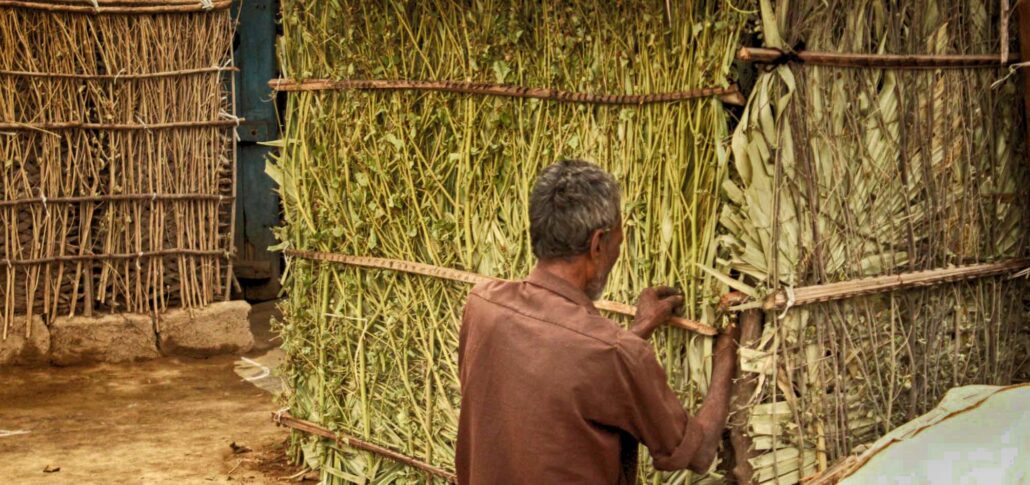
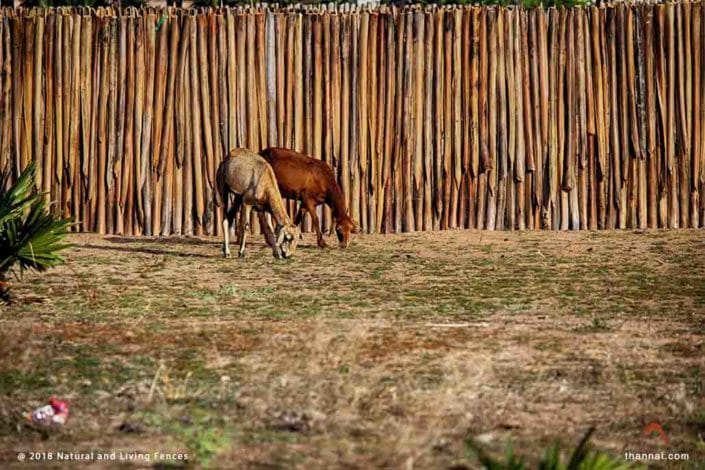
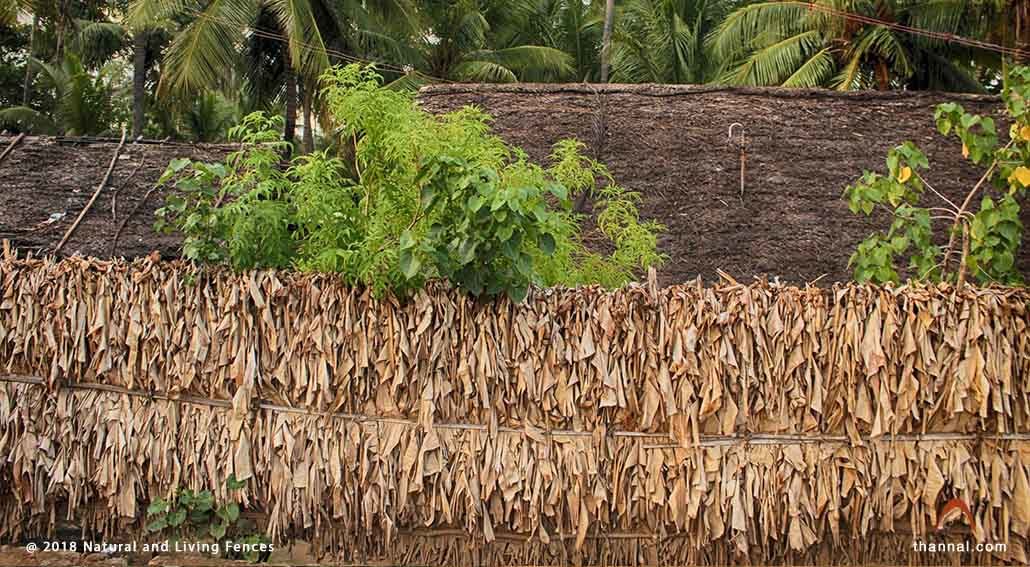

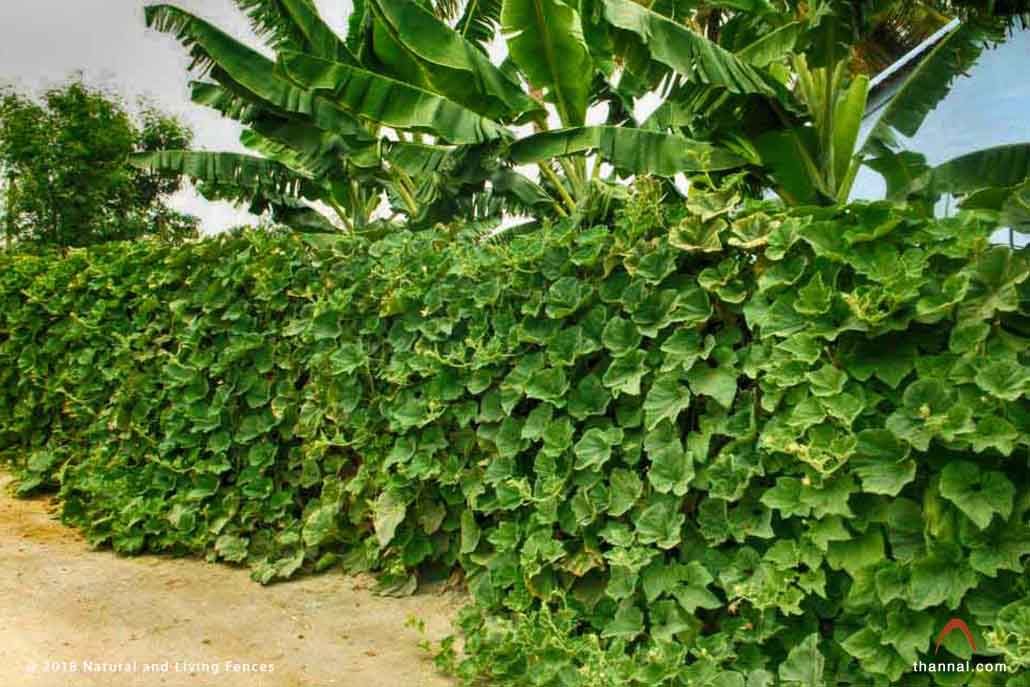

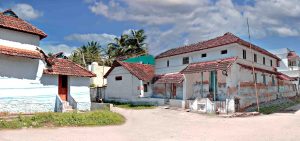
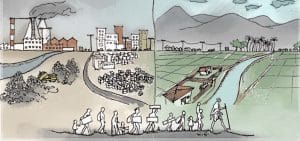
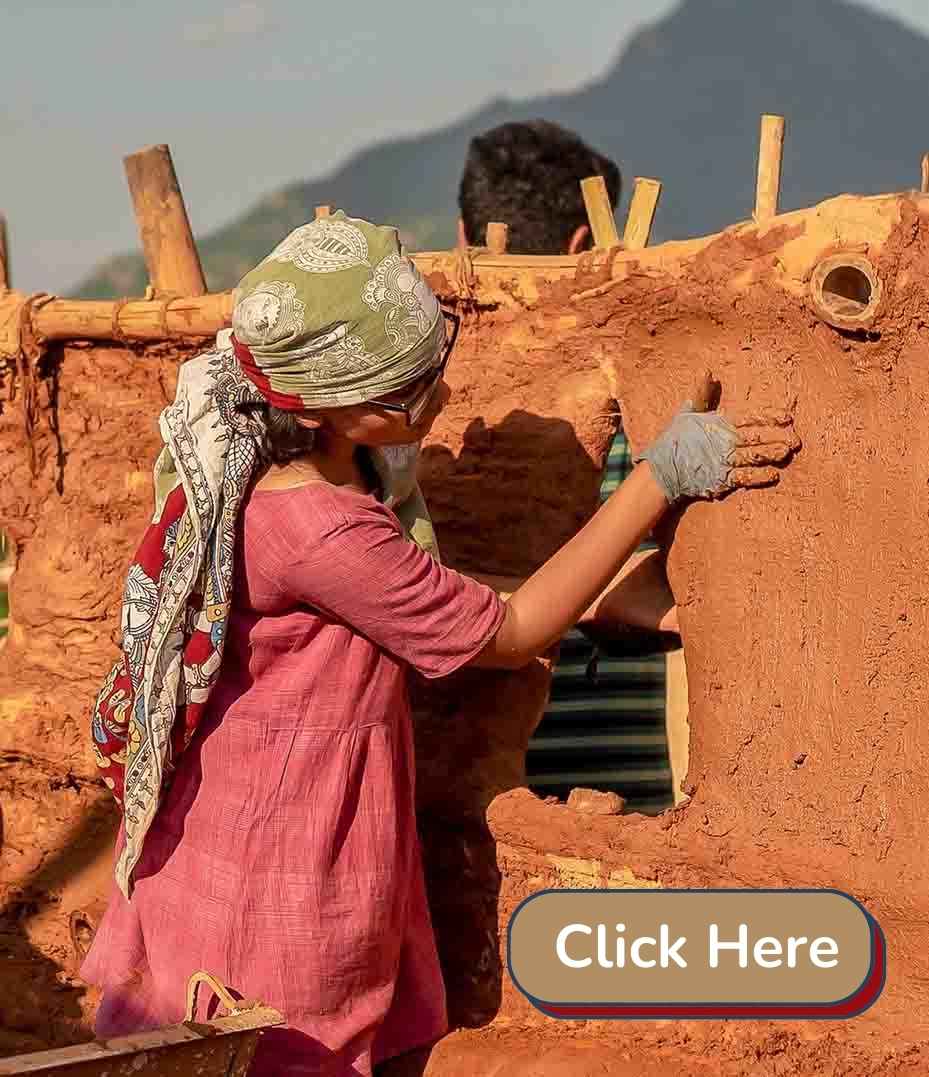
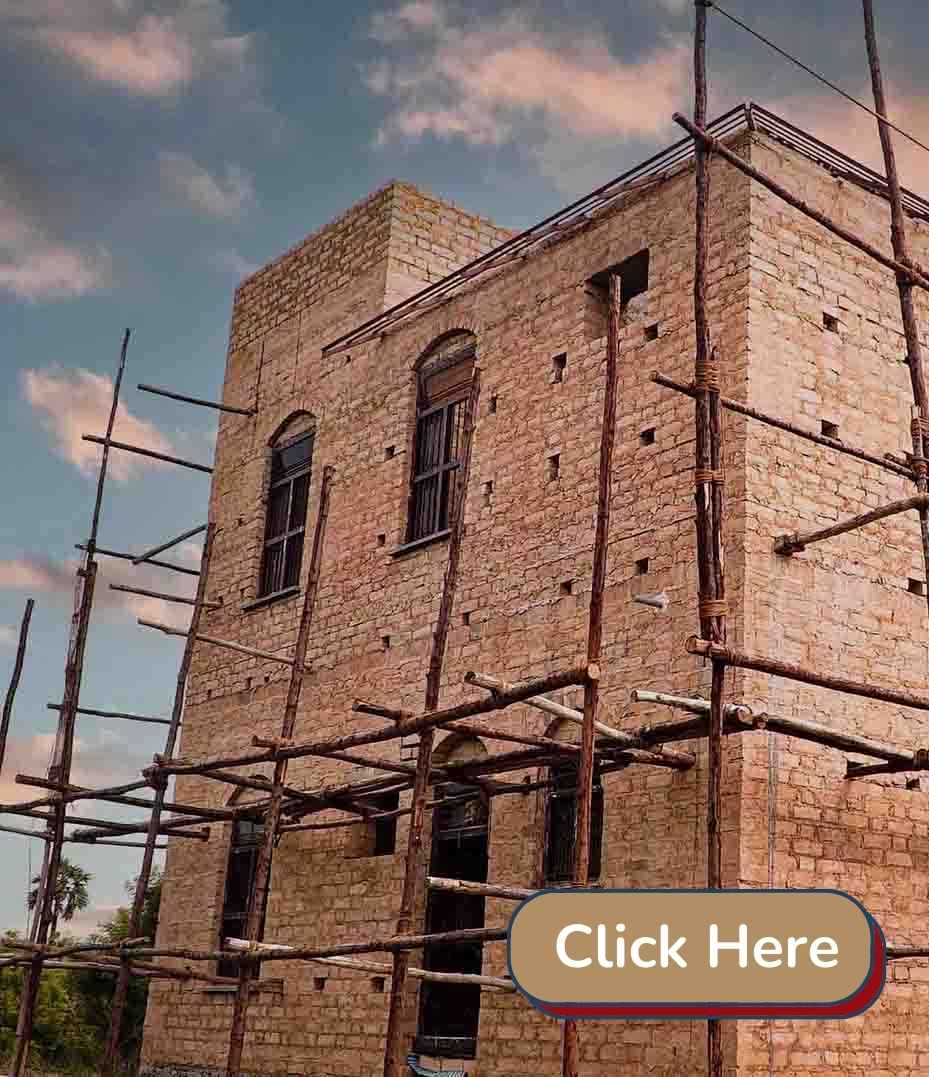
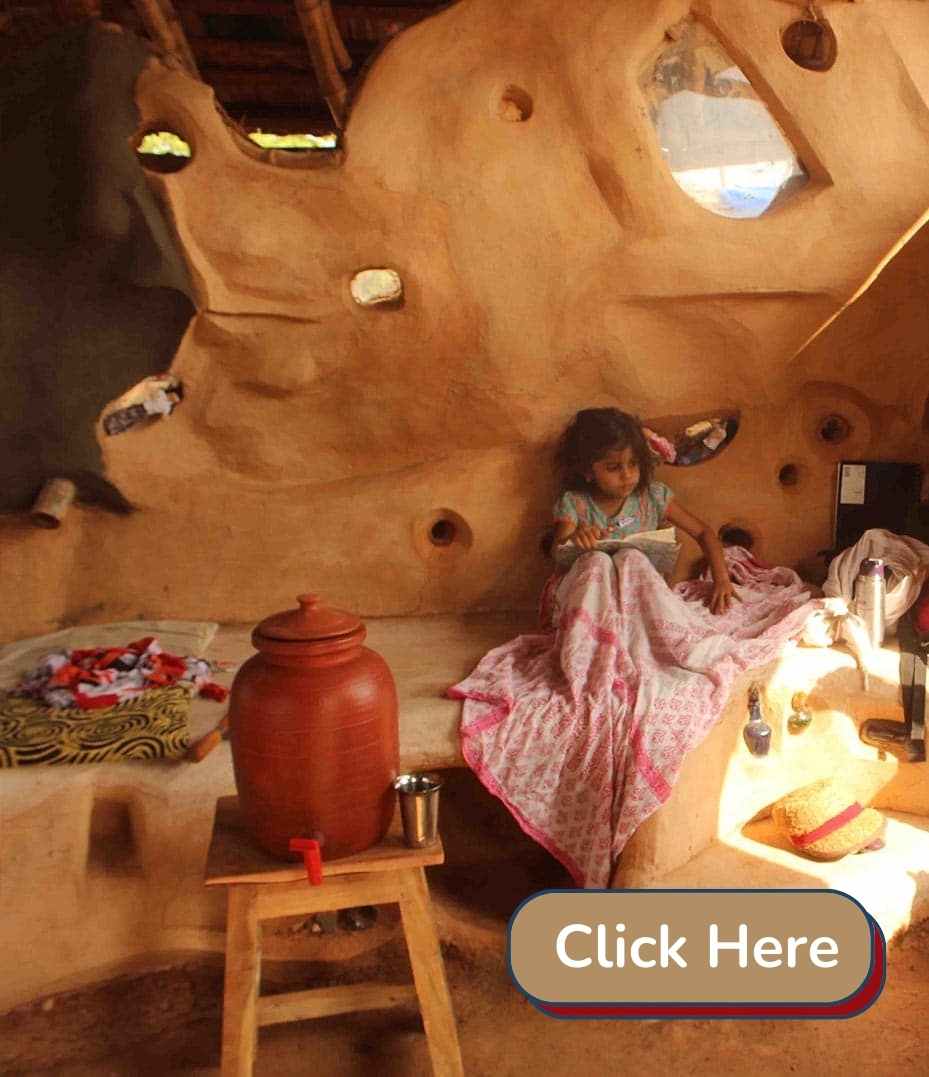

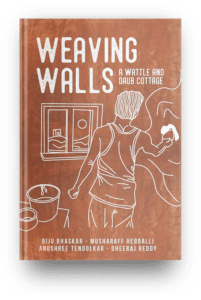
6 thoughts on “Natural and Living Fences”
Thank you for your kind words! It’s wonderful to hear that you’re considering implementing a bio fence despite the chain link fence. Every step towards sustainability counts. All the best with your efforts, Esther! Keep up the great work!
This is a super valuable resource. Thank you. Sadly, we have already put a chain link fence (ignorance!!) on our land. But we will start a bio fence so that when possible we can remove the chain link and pass it on to someone else to use.
Namaste Murali, Hope you have contacted the persons mentioned in this article.
Thanks @Imran
Informative
Can I get kiluvai seeds